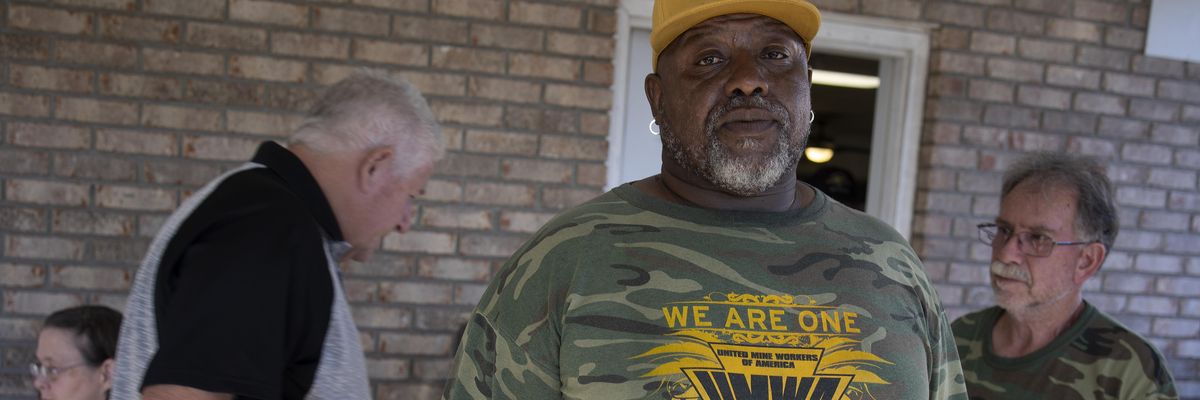2021 was busy.
A new administration took office, and President Biden asked Congress to pass infrastructure and economic proposals worth over $3 trillion. The American Rescue Plan was enacted and so was The Infrastructure Investment and Jobs Act (IIJA). The new administration also sought to enact the Build Back Better Act (BBBA).
However, things were not just happening on the legislative front.
2021 was also the year of high inflation.
Prices started to surge in 2021, and, spurred on by a number of factors like the war in Ukraine, they are more of an issue than ever before in 2022. While the BBBA was eventually passed, Democratic economic ambitions have steadily diminished amidst ongoing intraparty negotiations, and inflation has not slowed down.
Over the year ended June 2022, consumer prices went up 9.1%, the largest increase in 40 years. Not only that, but a recession is looming, and many economists believe that it will hit in 2023.
People are battling historical price increases of everything from food to gas and housing. Everyone is affected, but there's something that's getting overlooked--inflation is hurting those with the least, the most.
Southerners are feeling the sting of inflation inequality
Latino, Black, and Native American families are bearing the brunt of rising prices, per a NPR poll. Rural communities are also feeling the sting of inflation.
While these communities are found all over the nation, Southern communities are affected the most. This is because the people hardest hit by inflation have less income, and the South is home to the states and territories with the highest percentages of poverty in the country. In fact, Louisiana tops the list of states impacted the most by inflation.
The reason for the unequal impact on marginalized communities is the wide gap between the rich and the poor.
A bigger proportion of the money in lower-income households is going toward necessities--energy, food, and housing--that have seen some of the largest increases. For example, transport costs in Louisiana rose 20.6% in the year ending April 2022, and housing costs went up 7%. This is despite the fact that the region has one of the lowest median household incomes.
The reality is that there's no room for higher prices in many Southerners' already tight budgets. Plus, with child-tax credit payments and stimulus benefits a thing of the past, many people don't have a financial cushion.
Unlike wealthy households that can continue to splurge, marginalized families don't have strong protections shielding them from rising prices.
They tend not to have emergency savings or investments to buffer the price hikes and outpace inflation in the long term. They are also in no position to stock up on necessities when prices are cheap.
In the end, these families' spending power takes a big hit when prices go up, leaving them with impossible choices. Someone out there has to decide between putting food on the table, paying for child care, or putting gas in the car to go to work.
A resident of Greensboro, N.C highlighted that "[High prices are] just taking a lot of food out of my kid's mouth, you know, just to get to work. When you think you are going there to be able to take care of them."
These are not choices people should have to make, but this is the reality nonetheless.
More disproportionate impact
Analysis by the Penn Wharton Budget Model found that low- and middle-income households increased their costs by an average of about $3,500 in 2021 compared to 2019 and 2020, forcing them into debt. Black households, for example, have had to increase informal borrowing to meet their basic needs.
In so many cases, communities of color and marginalized communities are suffering from inequalities. Consider the following.
Rising rent and house prices have the power to push up the consumer price index and current inflation measures. It's the Black communities in the South that are most affected not only by this lack of affordable housing, but the rising inflation too.
If a recession hits, and the economy slows down, job losses will likely increase. Again, Southerners will be among those most affected.
The good news is that a lot of work is going into finding solutions amidst the uncertainty.
For example, the "Family Economic Success Ecosystem" is being built to help get economically vulnerable households in Guilford County, N.C. out of poverty. Similarly, initiatives such as the "Working Families Success Network (WFSN) are helping families to stabilize their finances and build self-sufficiency.
Some communities are even building economic mobility by setting up students for success right from kindergarten, while also strengthening informal child care--something that can improve marginalized families' immediate wellbeing and economic security.
Inflation is still posing many challenges, though. We must continue to find ways to make life more affordable.
Collective action to build thriving Southern communities
The current administration has made moves to provide vital and equitable relief to address the current economic downturn. But as we know, things don't always go according to plan, and who knows what relief (if any) the Democrats will be able to pass in the economic landscape we find ourselves after the midterm elections.
This is why we need to move beyond partisan politics. We have to move legislation in the direction we want. Instead of waiting to see how things unfold, we can take action, and push for a change in narrative.
Current approaches to fighting poverty and economic inequities are often individually strong, but they are not achieving the results that economically vulnerable households need. We need collective action that pushes for what's best for the region, as well as the nation.
What we need are communities where equity thrives. That should be the focus.
